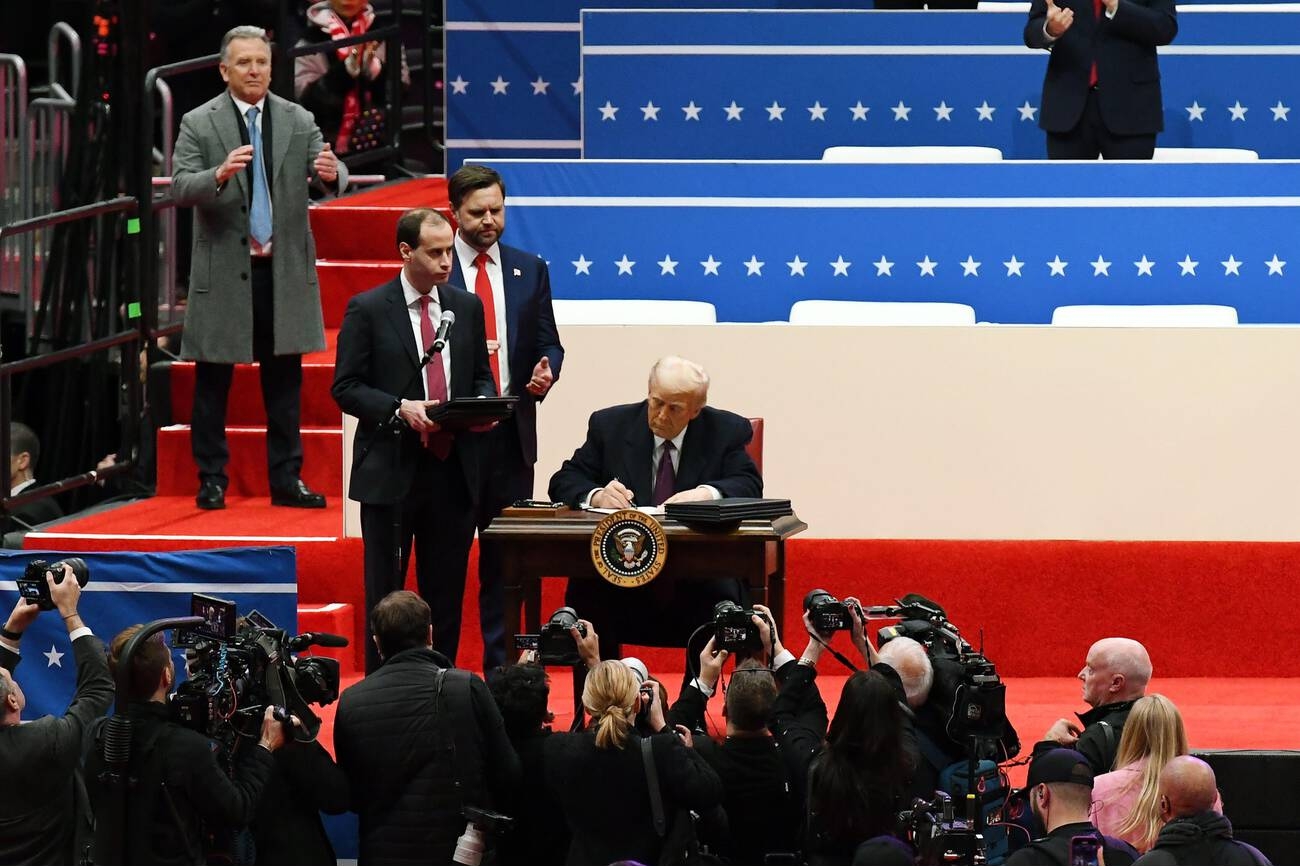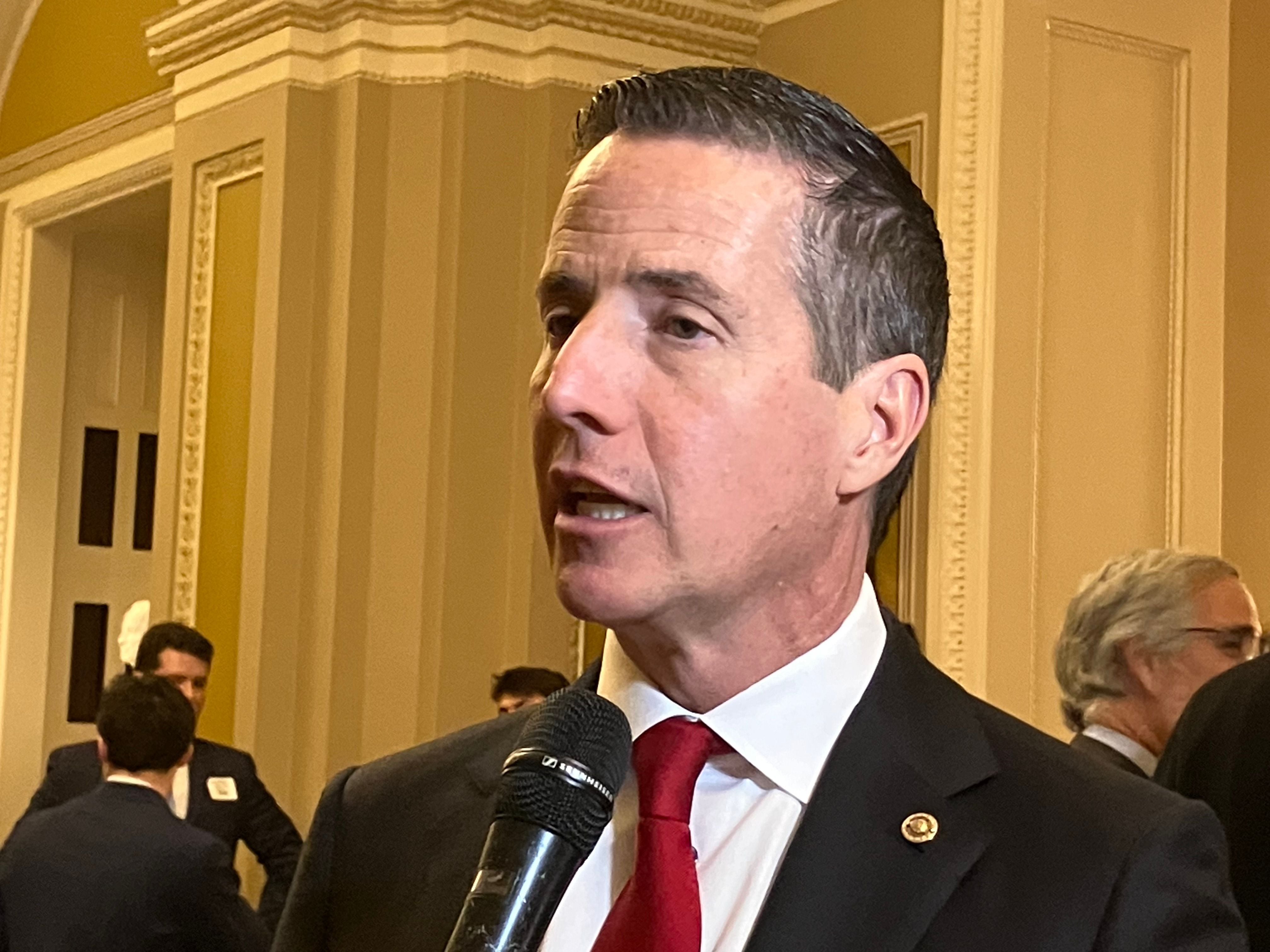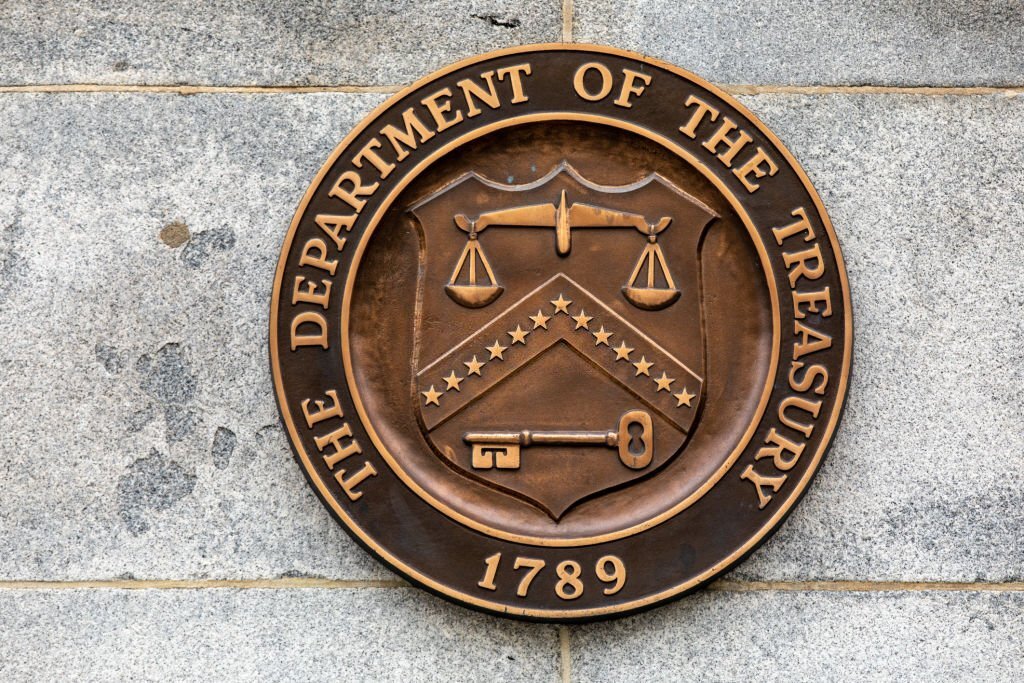There is tax beauty to a qualified exchange of like-kind real estate under Section 10321 of the tax code. Essentially, you give up property and receive another one in return while owing zero or little capital gains tax. This has been a favorable tax-saving technique used by real estate investors for decades.
“But didn’t the Tax Cuts and Jobs Act (TCJA) eliminate like-kind exchanges after 2017?”
Yet, but the TCJA crackdown doesn’t apply to exchanges of real estate. You can still use this technique for investment or business real estate properties (but not your house) although you may need a “qualified intermediary” to grease the skids.
Background: The tax rules under Section 1031 and its regulations are relatively liberal. For instance, you can exchange a commercial building tax-free for an apartment building or even vacant land. You owe tax only to the extent you receive any boot as part of the deal (e.g., cash or reduced mortgage liability). In other words, any tax that would be due based on the appreciation in value of your property is deferred until you sell the replacement property—if ever.
However, there are two key timing requirements that must be met for tax deferral.
- The property being receiving in the exchange must be identified within 45 days of transferring the property.
- The property must be received within the earlier of 180 days after the transfer or the due date of the tax return for that year (plus any extensions).
Of course, it’s not likely that another real estate owner and you will each own property that the other one wants. Typically, an exchange includes multiple parties, often called a “Starker exchanges” after the landmark case approving this arrangement. (Starker, 602 F2d 1341, CA-9, 1979) As long as you meet the tax law deadlines, you can still avoid tax with a Starker exchange. Frequently, a qualified intermediary acts as the go-between.
How does it work? Let’s look at a hypothetical deal involving four parties. First, Alan sells the property he is relinquishing to Beatrice. Then Beatrice pays Charley, the qualified intermediary, instead of Alan. Charley temporarily holds the proceeds until Alan identifies a suitable replacement property.
Subsequently, Charley uses the sales proceeds to buy the replacement property from Darlene. Then Charley transfers this property to Alan to complete the 1031 exchange.
For tax purposes, Alan is considered to have swapped properties tax-free with the intermediary. That’s because no cash actually exchanges hands. The intermediary handles the funds on Alan’s behalf.
The favorable tax treatment isn’t automatic. To avoid current tax, you and the qualified intermediary must sign a “Qualified Exchange Accommodation Agreement.” The agreement should indicate that the intermediary is holding the property to facilitate a tax-free exchange. The intermediary must also agree to meet all the technical reporting requirements spelled out by the IRS. Note: The qualified intermediary will generally charge a fee based on the value of the properties.
Final words: Fortunately, you don’t have to go it alone. Your professional advisor can provide the assistance you need.
Thanks for reading CPA Practice Advisor!
Subscribe Already registered? Log In
Need more information? Read the FAQs
Tags: Income Tax, IRS, Taxes





